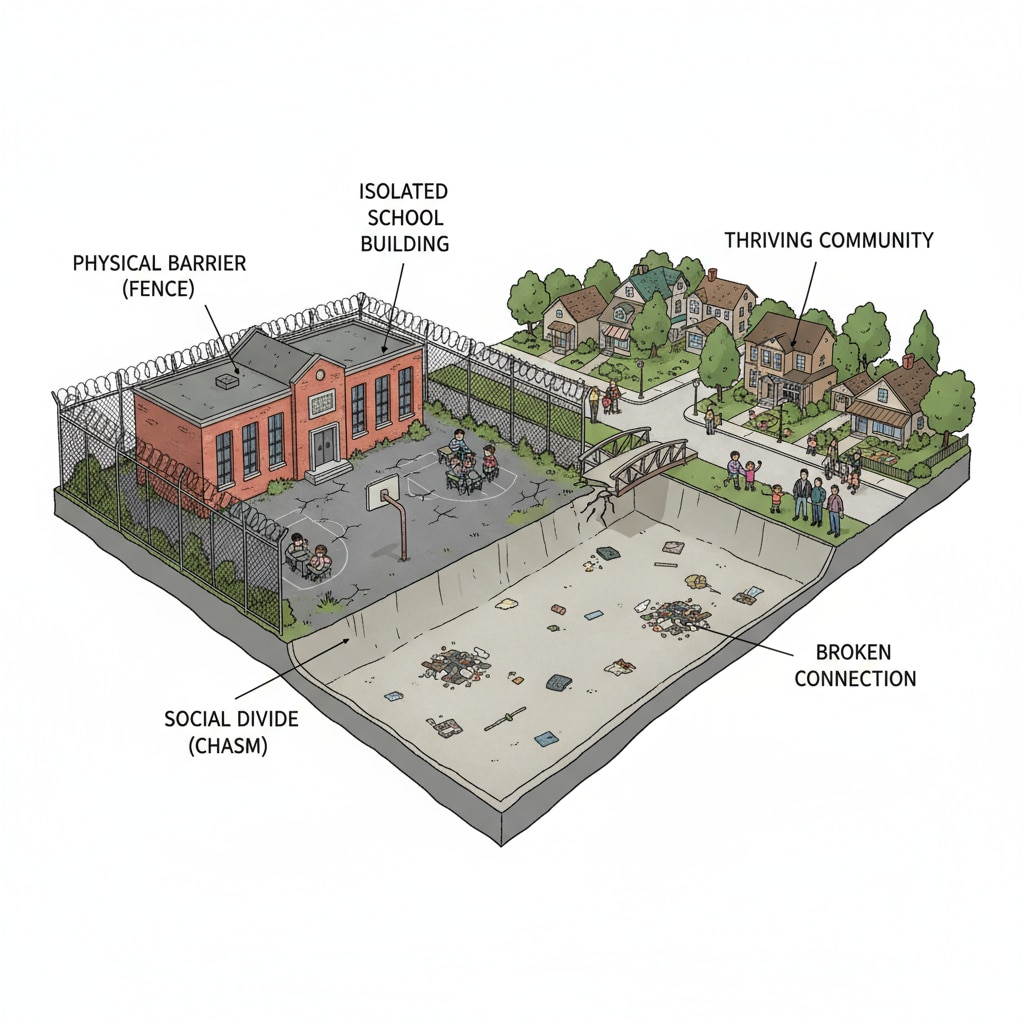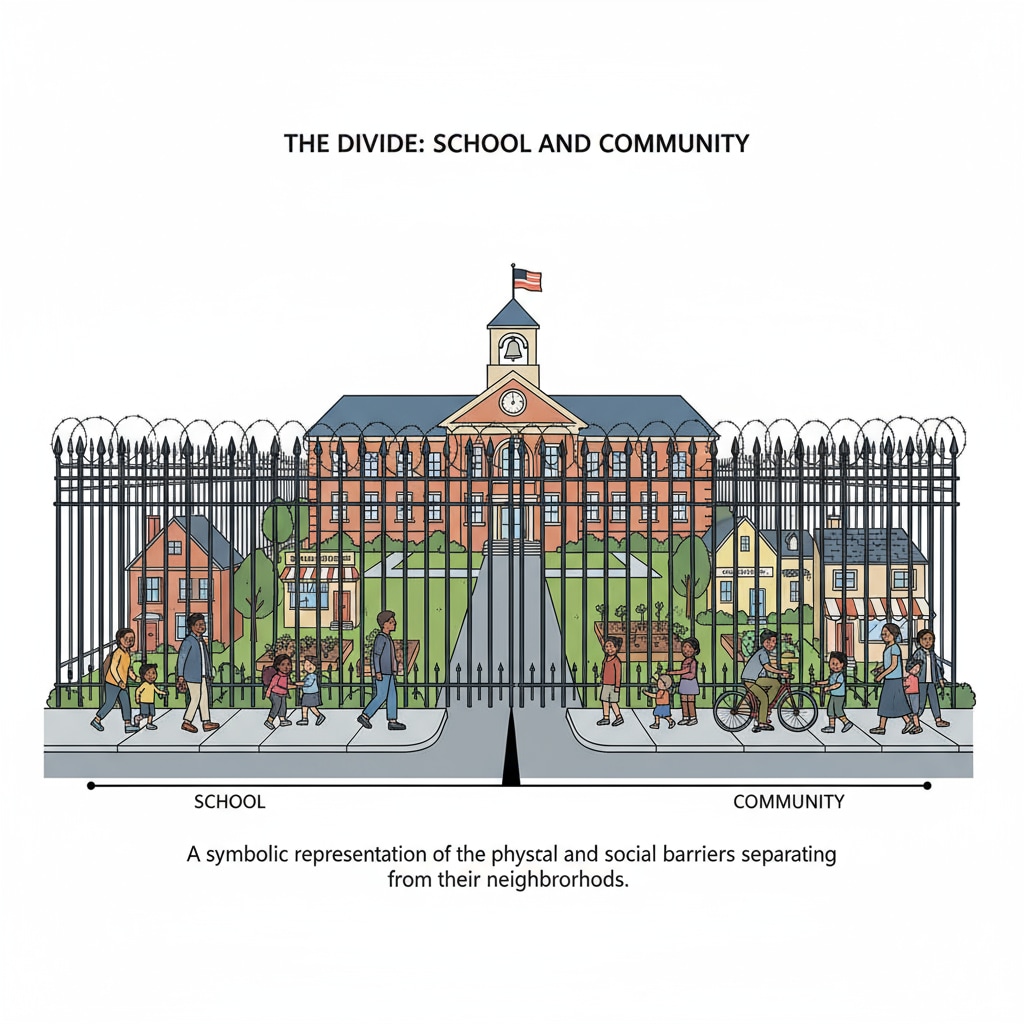In the realm of contemporary small town public education, the issues of school independence, community separation, and youth programs have become increasingly prominent. The growing divide between the public school system and the local community in small towns is a matter of great concern. This separation not only restricts the effective integration of educational resources but also hinders the all-round development of teenagers.

The Manifestations of the Disconnect
One of the most evident signs of this separation is the lack of communication channels. Schools often operate in a bubble, making decisions without much input from the community. For example, curriculum planning may not align with the real needs and values of the local community. In addition, community members rarely have the opportunity to participate in school activities or contribute to the educational process. This isolation is further exacerbated by the physical and social distance between the school and the community.

The Root Causes of the Separation
There are several factors contributing to this divide. Firstly, funding issues play a significant role. Schools may be more focused on securing their own financial resources, which leads to less emphasis on community engagement. Secondly, the changing demographics in small towns can also cause a rift. As populations shift and new residents move in, the traditional bonds between schools and communities are disrupted. Moreover, the professionalization of the education system has made schools more autonomous, reducing their reliance on the local community.
The Impact on Youth Development
The consequences of this disconnect are far-reaching, especially for the youth. Without strong community support, students may lack exposure to real-world experiences and local culture. This can limit their understanding of the community they live in and their sense of belonging. Additionally, the lack of community involvement in youth programs means fewer opportunities for mentorship and skill development. As a result, teenagers may struggle to develop the necessary social and emotional skills for adulthood.
Rebuilding the School-Community Connection
To address this issue, several strategies can be implemented. Schools should actively seek community input in decision-making processes, such as curriculum design and extracurricular activity planning. Community members can be invited to serve as volunteers, mentors, or guest speakers. In addition, joint projects between schools and the community, such as community clean-up events or cultural festivals, can help strengthen the bond. By working together, schools and communities can create a more supportive environment for youth programs and the overall development of teenagers. Building Strong School-Community Partnerships on Education Week Strengthening School-Community Relations on NEA
Readability guidance: The text uses short paragraphs to clearly present ideas. Each section provides key points in a straightforward manner. The use of active voice is prioritized, and transition words are added to enhance the flow of the article.


